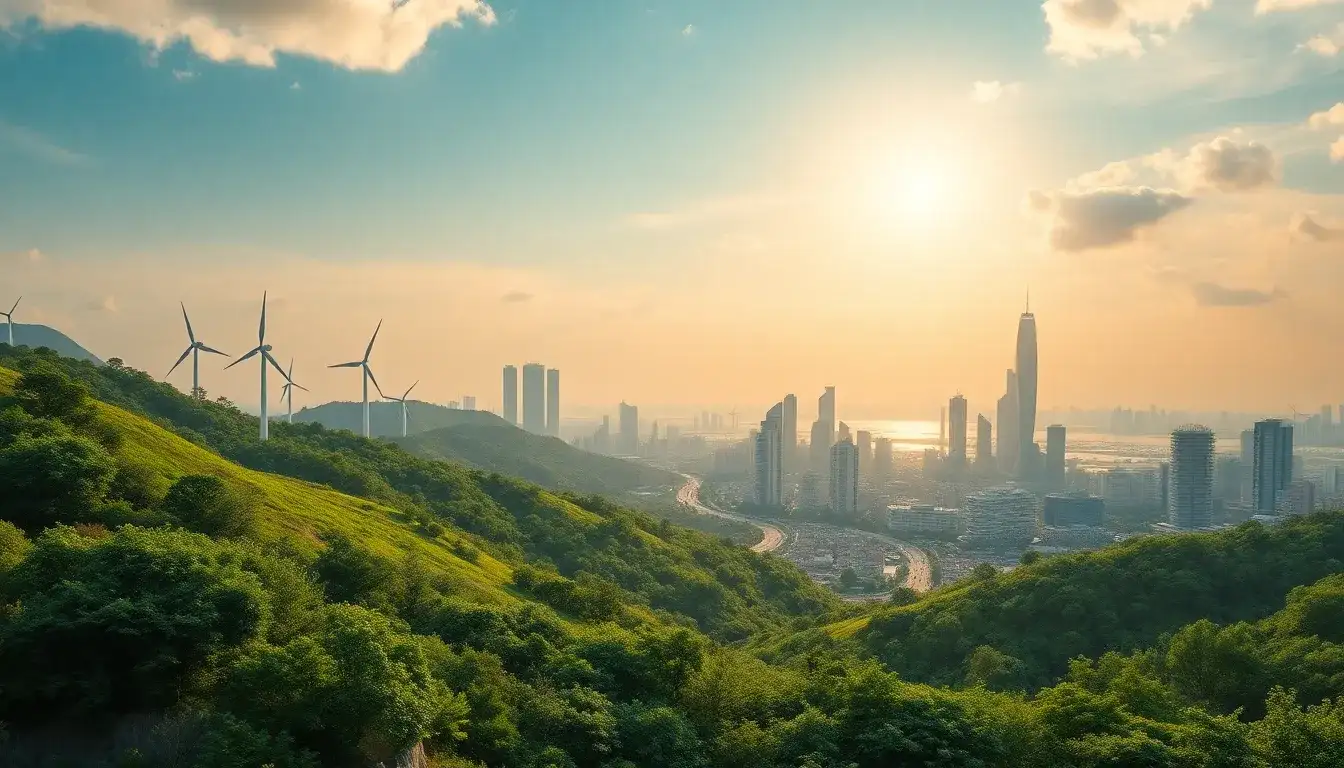
China’s Commitment to Green Transformation
During the China Development Forum 2025, held from March 23 to 24, Guo Fang, the Deputy Minister of Ecology and Environment, addressed both domestic and international attendees. She emphasized China’s unwavering commitment to a green, low-carbon development pathway. The country plans to focus on five key areas to accelerate a comprehensive green transformation in economic and social development, nurturing new momentum for green and low-carbon growth.
China has consistently prioritized green low-carbon development and climate change mitigation, achieving new breakthroughs in both sectors and making significant progress in ecological protection. Guo noted that uncertainties have increased regarding green low-carbon policies among major economies due to various factors. Nevertheless, China remains steadfast in its commitment to green and low-carbon development.
The country intends to deepen reforms in the ecological civilization system, coordinating industrial restructuring, pollution control, ecological protection, and climate change responses to promote high-quality green and low-carbon development. Additionally, China advocates for a collaborative approach to global governance, aiming to collectively shape the green momentum of world economic development.
Guo outlined the five areas of focus for accelerating the comprehensive green transformation of economic and social development:
- Promoting Beautiful China Initiatives: This includes constructing pilot areas for Beautiful China at various levels, creating high grounds for green development, and advancing the construction of beautiful cities and rural areas. There is an emphasis on moving swiftly towards green low-carbon transitions in energy, industry, transportation, urban and rural construction, and agriculture, while continuing to tackle pollution prevention and control.
- Addressing Climate Change Challenges: China aims to achieve peak carbon emissions and carbon neutrality by transitioning from energy consumption controls to carbon emission controls in phases. The national carbon trading market will be expanded to include sectors such as chemicals, petrochemicals, civil aviation, and papermaking, while exploring policies like the paid allocation of carbon emission quotas. There will be an increase in the supply of voluntary greenhouse gas emission reduction projects and the establishment of a unified voluntary emission reduction trading market aligned with international standards.
- Accelerating Green Low-Carbon Technological Innovation: Efforts will be made to invest in cutting-edge technologies in renewable energy and tackle key technical challenges. The integration and demonstration of technologies for the synergistic reduction of multiple pollutants and deep treatment will be promoted. Research will create a digital governance system for Beautiful China, enhancing the application of digital technologies like artificial intelligence to build a green, intelligent digital ecological civilization.
- Improving Green Low-Carbon Development Mechanisms: Policies supporting green low-carbon development in finance, taxation, investment, and pricing will be implemented, with increased support for sectors addressing climate change. The green tax system will be refined to enhance the role of environmental protection taxes.
- Strengthening International Environmental and Climate Cooperation: China will enhance South-South cooperation in climate change, promote green investment and trade collaborations, improve the environmental sustainability of foreign investment projects, and increase the import and export of green low-carbon products.
Keywords: green tax system, low carbon, ecological civilization, environmental protection tax, economic and social development







